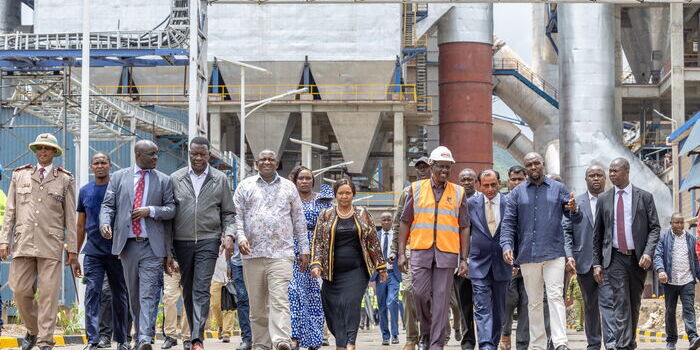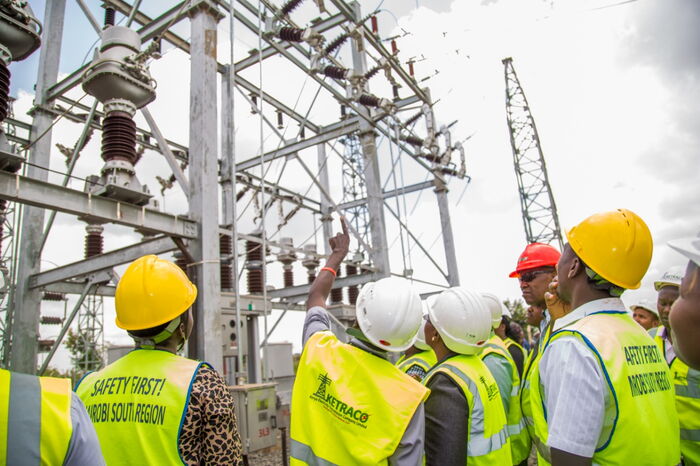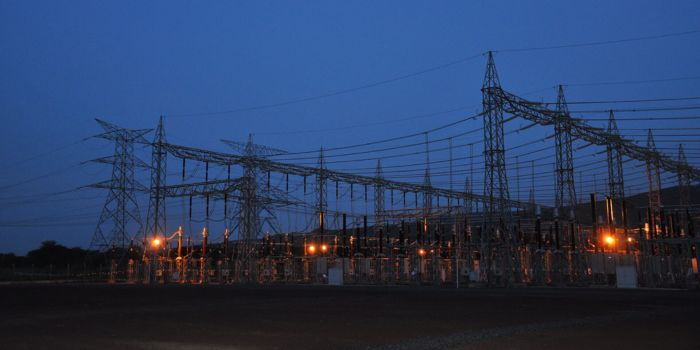Kenya has lost Ksh4.5 billion in a failed cross-border electricity project with a Spanish company. A new report to the National Assembly shows the money is gone, the powerline is incomplete, and not a single watt of electricity is flowing.
The deal was between the Kenya Electricity Transmission Company (KETRACO) and a Spanish contractor called Inabensa. It was meant to build a 132-kilometre, 400 kV double-circuit transmission line from Lessos in Kenya to Tororo in Uganda.
The tender was awarded in 2016, but soon after, the government terminated the contract. This set off a legal battle between Kenya and Inabensa that would drag on for years.
The Spanish company went to court, and the judge ruled in its favour. Kenya was ordered to pay Ksh4.5 billion in arbitration.
📰 Also Read This:
KETRACO tried to fight back. They appealed in different Kenyan courts, including the Supreme Court, but lost every single time.
KETRACO Managing Director John Mativo was called before the National Assembly’s Public Investments Committee to explain what went wrong. Nine years after the project was cancelled, there is still no powerline and no connection between the two countries.
Pokot South MP David Pkosing asked the question many Kenyans are now wondering:
“This is not just about legal costs. It’s about a project that was supposed to connect Kenya to Uganda’s grid. How do we explain to Kenyans that billions have been paid but no power flows?”
Mativo replied that they believed the court decision was against public interest, so they tried every legal option possible. Unfortunately, the courts didn’t agree with them.
He also revealed that the National Treasury has not yet responded to a 2020 request for funding to restart the project. Without money, the powerline remains just an idea on paper.
The scandal doesn’t stop there. The committee also grilled Mativo about another troubled project — the Loiyangalani–Suswa Transmission Interconnector.
A 2021 special audit raised serious concerns about this project. It showed that Ksh10.8 million was paid to a contractor who later went bankrupt. It also revealed Ksh1.5 billion in uncertified subcontractor work, Ksh26.2 million in materials bought without valuation reports, and procurement done outside the official annual plan.
Mativo defended the company, saying they had done due diligence before the contractor went bankrupt. He added that after the bankruptcy, the Treasury approved a new procurement process to finish the work.
Another major issue is the Ksh2.7 billion KETRACO still owes landowners in wayleave compensation — payments given when land is used for transmission lines. Some of these debts have been pending for years.
MPs warned that if payments continue to be delayed, KETRACO could face more lawsuits. Costs would rise even higher, and critical projects could be delayed indefinitely.
Mativo explained that the long delays in compensating landowners were not simply a matter of neglect, but the result of a tangled web of challenges. He pointed out that the Treasury had not allocated enough money to cover the massive backlog of payments, leaving many claims stuck in limbo. Even when funds were available, some applications could not be processed because the required documents were incomplete or missing, making it impossible to confirm legitimate ownership or settlement amounts.
He added that the situation was further complicated by ongoing disputes between county governments, local communities, and landowners over boundaries and payment terms. These disagreements often escalated into legal battles, stretching the process for years. As a result, many affected families have been left waiting indefinitely, while critical infrastructure projects risk stalling before they can even begin.
The hearing has left many Kenyans shocked and frustrated. Billions have been spent, but no electricity is flowing between Kenya and Uganda.
The scandal also raises deeper questions: How did such a massive project fail without anyone stopping the losses? And how can Kenya avoid repeating the same mistakes?
For now, both the public and Parliament are waiting to see if the government will finally release funds to restart the project, or if the Ksh4.5 billion will go down in history as another costly national failure.










